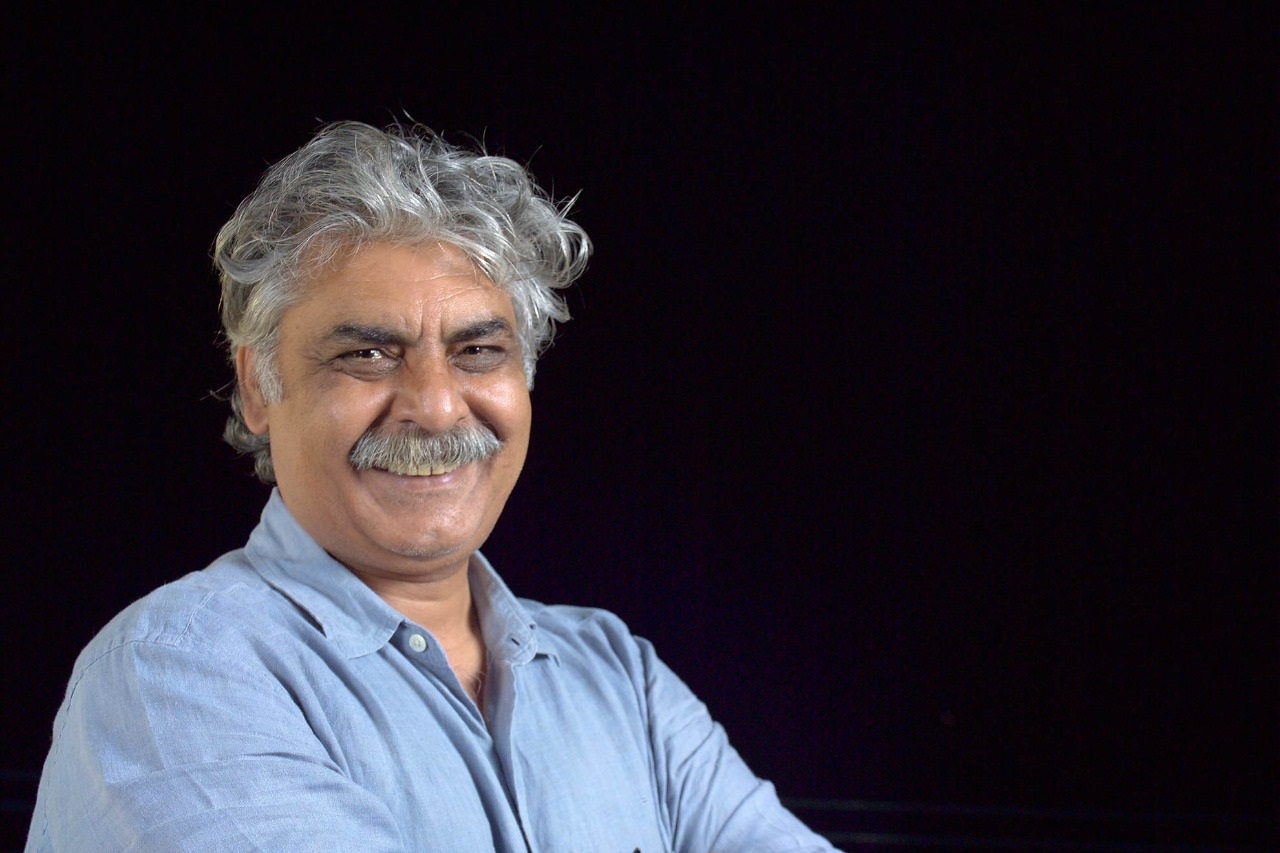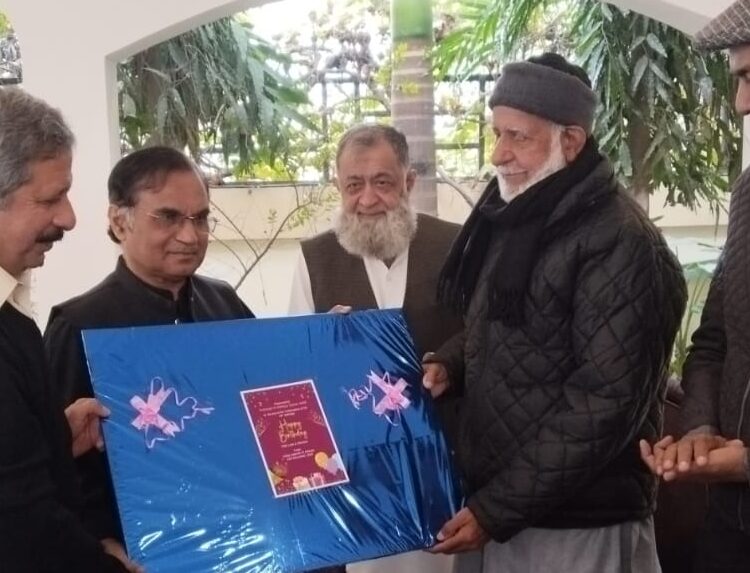Khalid Hussain –
Media has been harping upon the emerging multi-polar world and the rise of Eurasia once again. However, one wonders if that is the case in reality for it appears to defy common sense.
Historically, Eurasia was the heartland of the world. However, all of this changed with the hegemonic assent of the United States of America since the end of the 19th century. Bye the end of World War II, the world had forgotten the historical power of Eurasia as the USA led the world with Europe in tow.
Europe and Asia together form Eurasia that witnessed the rise of global powers from the Mongols to the Ottomans and from the Czars in Russia to the rise and fall of the Hapsburg and English empires. Eurasia withered with the imperial conquests of European powers in Asia and Africa. The new world had all its centres of power in Europe from Russia to Germany to France and England. This changed with the two world wars as the Ottomans were dethroned and the United States of America rose to power with European allies. It was politically convenient for the new super power America to create and sustain the myth of an iron curtain in Soviet Union that defined global strategy.
Media pundits posit that it was the disintegration of USSR that heralded the renewal of Eurasia for the world cannot continue as a unipolar empire run by America. This is implicit in the multiple media takes that sees Russia, China, middle East, Iran, Turkey, Germany and France into a cohesive production and trade unit of immense capacity and power. The people of Central Asia are also considered tied to Russian influence through trade, mixed ethnicities and a common language.
However, it is hard to digest Eurasia as a uniform power block. Most of the Eastern European republics have chosen an alliance with Western Europe. Czechoslovakia and Yugoslavia suffered breakdown and disintegration. Even Russia adopted the capitalist economy wherein China has come to dominate as the largest exporter of goods and services in the world. Russia has been forced into an uneasy alliance with former enemy China in the wake of a tug of war with Europe supported by America. Russia countered the western Thug Revolution imposed in Ukraine by occupying Crimea. The vacuum created by Eastern European nations leaving the USSR has seen Turkey rise with religious affinity and shared history with sizable populations of ethnic Turks in Europe that subscribe to an Ottoman/Turk identity.
The Middle East has been under so much US influence that it cannot survive without its protection and containment with raw power resulting in hybrid conflicts. The rich Arab world has been the sponsor of proxy non-state actors to destabilise poorer Arab countries. The exodus from Middle East in the wake of recent violence and war has torn Europe apart and led to serious conflicts within the European Union resulting in the rise of the violent right. Germany remains tied to the project of EU and part of the price it paid is to absorb the migrants. Strategically speaking, this is rich social capital following the Turk example for the migrants will one day return to create a silent Syrian revolution. The turmoil in the Middle East has led three past imperial nations of Russia, Turkey and Iran to raise their political stakes.
Zbigniew Brzezinski’s “Geostrategy for Eurasia” has come to dominate the new Eurasian discourse. He described the region as ‘Axial Eurasia’ back in 1997 and urged USA to make a comprehensive strategy for Eurasia. American Pentagon and Western European powers moved ahead to integrate some nations into European Union and some also became part of NATO. This eastward expansion of the West towards the soft Russian underbelly has held back the emergence of Eurasia as a contiguous block. Russia was forced to defend its strategic interests by taking control of Crimea.
Central Asian Republics are sandwiched between a resurgent Russia, a rising China and a resurgent Turkey chasing Ottoman dream of revival. This leaves a politically alienated Iran and an unstable Afghanistan as the only disconnect that has kept Eurasia from unifying. Eurasia accounts for 75 per cent of the world’s population, 60 per cent of its GNP, and 75 per cent of its energy resources. Yet the reality of most of Eurasia is that it is resource rich yet economically backward, geographically isolated and militarily weak.
Hence all assertions in media of a rising Eurasia must be taken with a large pinch of Himalayan salt. Events shaping the new Middle East, Central Asian Republics bordering Iran and Turkey and some old Ottoman colonies in Eastern Europe, all have American hands moving events. A tussle between Turkish, Persian, Arabs, Chinese and Russians is no sign of strength. Turkey is so blinded by its desire to revive the old Ottoman glory; it has already become a political ally of the United States of America versus Europe in Syria. Turkish foreign minister Ahmet Davutoglu elaborated this vision in 2013, “The last century was only a parenthesis for us. We will close that parenthesis. We will do so without going to war, or calling anyone an enemy, without being disrespectful to any border; we will again tie Sarajevo to Damascus, Benghazi to Erzurum to Batumi. This is the core of our power. These may look like different countries to you, but Yemen and Skopje were part of the same country a hundred and ten years ago as were Erzurum and Benghazi”.
It is not as much opinions in USA and Europe that are divided as are their strategic interests. President Trump has been critical of European contributions to NATO. He is withdrawing American troops from Syria. Some fear he may upset a cart painstakingly and cleverly built over the past century. However, at a deeper level it makes perfect sense. The Americans were the real victors in the two world wars. Their hegemony has been undeniable since the end of World War II.
The world practically has been an American empire since the Nixon shock in 1971. Events since 9/11 have only underlined that fact of history and our present situation that remains unarticulated in the mainstream media. American position can be seen in perfect common sense when one sees that the future growth of global economy is all tied to the undeveloped natural resources in the regions now in conflict from Syria to Iran to Afghanistan. It is natural that the Americans will not want to share these resources with their former allies in Europe.
This is where Pakistan and Afghanistan factor as major pieces on the American power chess boards. Afghanistan has become an outpost of American designs since 9/11. NATO has left the territory leaving America the sole power in charge pursuing its strategic objectives into the next century. Pakistan might be seen as drifting away from the United States, yet the fact remains that it has always been allied to America and the United Kingdom. England has already ditched its European alliances in favour of America. Together these two countries have deep hold on the local elite and through them, the state and society in Pakistan. India in Afghanistan is but an irritation that the Americans have cleverly designed. Simple rules of realpolitik suggest that the next target for the US after neutralizing China will be India. Thus the long term strategic interests of Pakistan align perfectly with UK and USA and not with China, CPEC notwithstanding.
Pakistan’s armed forces and law enforcement agencies have successfully defeated Jihadi violence and forced it to flee towards India and China understanding the nature of a hybrid conflict. Pakistan doesn’t have the same ambitions as Turkey. The country remains in disorder and there is no shared political vision. However, this is the very instability that suits English and American designs for the future. An unstable Afghanistan and Pakistan keep both Russia and China in check till the time UK and USA sort out their politics with their erstwhile European allies and also, to neutralize the economic threat that China poses. Russia can always be lured away by political concessions in the former Eastern Europe and former Russian republics including Ukraine.
America is not an isolated country. There is no military rival or a knowledge peer around among the comity of states. The United Kingdom has already decided its future lies with America and not Europe. Soviet occupation of Afghanistan allowed the US hegemony in global affairs that it had risked with the Nixon Shock. Historical memories are camouflaged by decades of bloodshed. In this perspective, Eurasia is as much a facade as it the Afghan peace process.
Categories
Uncategorized
A world in Turmoil



